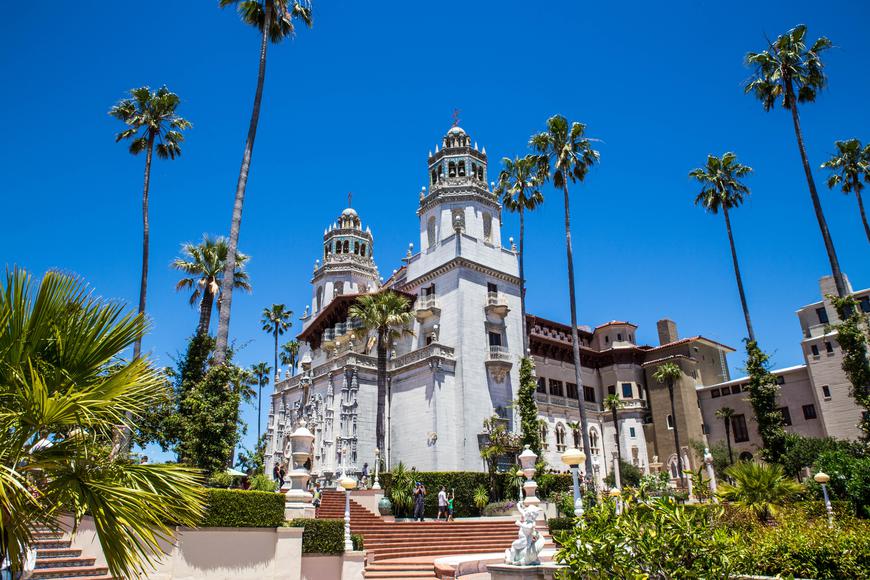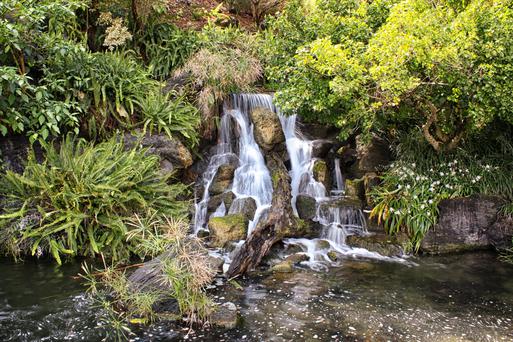Architectural Wonders
Upon entering the estate, visitors are often struck by the blend of styles that dance harmoniously across the landscape. Hearst and Morgan were influenced by various European architectural traditions, resulting in a melange of Spanish, Gothic, Mediterranean, and Roman elements.
At the heart of the estate lies the Casa Grande, a grandiose mansion that would befit any European noble. Its façade is adorned with intricate carvings and bell towers, reminiscent of Spanish cathedrals. Inside, guests find themselves in the Assembly Room, a sprawling space where Hearst would entertain his guests, including Hollywood stars, politicians, and literary figures.
Adjacent to the main mansion are three guesthouses, each exuding its own charm: Casa del Mar, Casa del Monte, and Casa del Sol. Despite being termed as "guesthouses," their scale and grandeur are befitting of standalone mansions. However, perhaps the most photographed and talked-about feature of Hearst Castle is the Neptune Pool. With ancient Roman temple columns, intricate statues, and Vermont marble, this pool is not just a place for swimming, but an ode to the classical world and Hearst's affinity for antiquity.
Art Collection and Legacy
Hearst Castle's architecture alone is enough to captivate any visitor, but the artwork it houses makes it a cultural landmark. As an avid art collector, Hearst furnished the estate with a plethora of European and Mediterranean art pieces. From centuries-old tapestries and ornate ceilings to Greek vases and Egyptian sculptures, every corner of the castle whispers tales from bygone eras.
Upon Hearst’s passing in 1951, the future of the castle was uncertain. His original intent was for it to become an institution for underprivileged children, but the cost of maintenance and its remote location made this impractical. Instead, in 1957, Hearst Corporation generously gifted the property to the state of California. Today, it operates as a historical monument, welcoming thousands of visitors annually.






